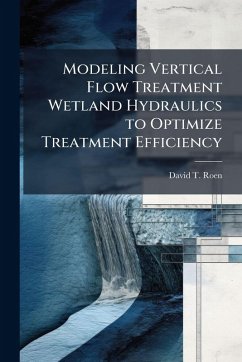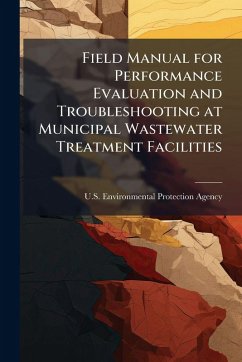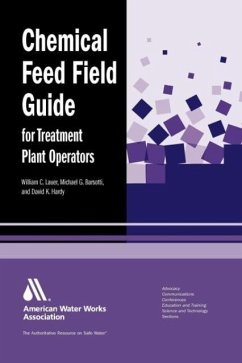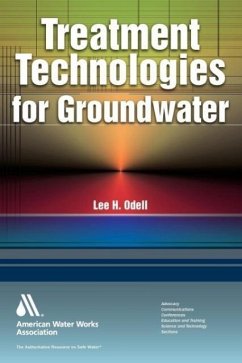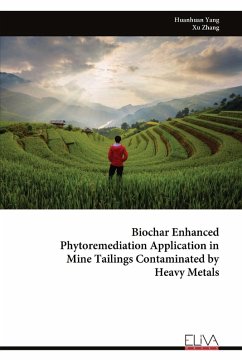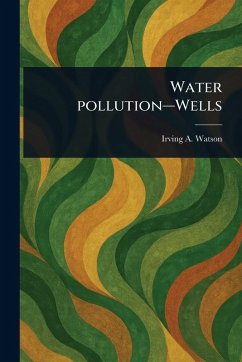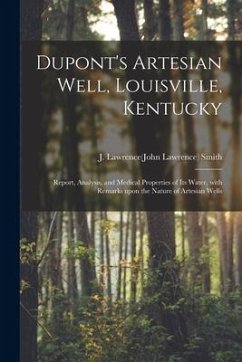
Modeling a Field Application of In Situ Bioremediation of Perchlorate-Contaminated Groundwater Using Horizontal Flow Treatment Wells

PAYBACK Punkte
9 °P sammeln!
Perchlorate contaminated groundwater is rapidly becoming a significant environmental remediation issue for the Department of Defense. In this study, an existing numerical model that simulates the operation of a Horizontal Flow Treatment Well (HFTW) system to effect the in situ biodegradation of perchlorate through the addition of an electron donor is modified to include a submodel that describes bioclogging. Bioclogging restricts flow out of the HFTW due to the accumulation of biomass directly adjacent to the well. The modified model is then applied to an existing perchlorate contaminated site...
Perchlorate contaminated groundwater is rapidly becoming a significant environmental remediation issue for the Department of Defense. In this study, an existing numerical model that simulates the operation of a Horizontal Flow Treatment Well (HFTW) system to effect the in situ biodegradation of perchlorate through the addition of an electron donor is modified to include a submodel that describes bioclogging. Bioclogging restricts flow out of the HFTW due to the accumulation of biomass directly adjacent to the well. The modified model is then applied to an existing perchlorate contaminated site that will be used for an evaluation of the HFTW technology. Simulations were conducted to determine the impact of altering various engineered parameters on HFTW performance. Simulation results indicate that higher time averaged electron donor concentrations and HFTW pumping rates lead to more perchlorate degradation in terms of total mass of perchlorate removed. This work has been selected by scholars as being culturally important, and is part of the knowledge base of civilization as we know it. This work was reproduced from the original artifact, and remains as true to the original work as possible. Therefore, you will see the original copyright references, library stamps (as most of these works have been housed in our most important libraries around the world), and other notations in the work. This work is in the public domain in the United States of America, and possibly other nations. Within the United States, you may freely copy and distribute this work, as no entity (individual or corporate) has a copyright on the body of the work. As a reproduction of a historical artifact, this work may contain missing or blurred pages, poor pictures, errant marks, etc. Scholars believe, and we concur, that this work is important enough to be preserved, reproduced, and made generally available to the public. We appreciate your support of the preservation process, and thank you for being an important part of keeping this knowledge alive and relevant.



